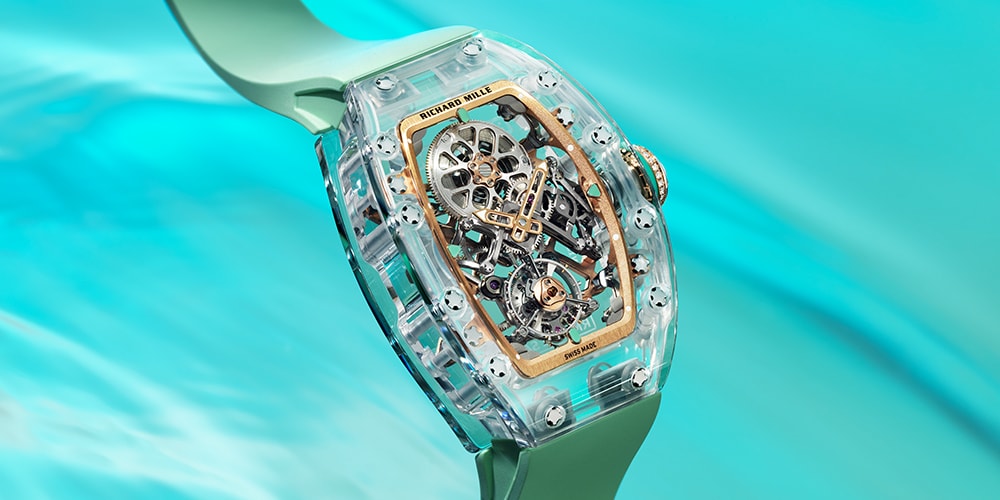Rising Costs of Engagement Rings: How Tariffs and Gold Prices are Impacting the Jewelry Market
In the world of engagement rings, a recent statement from a prominent jewelry CEO sheds light on the significant factors influencing pricing. According to Ankur Daga, CEO and founder of Angara, approximately 80% of the cost of a typical engagement ring is determined by the gemstone itself, while about 20% is attributed to the metal.
The current economic climate has prompted many jewelers to re-evaluate their pricing strategies, particularly in light of the soaring costs of gold and the imposition of tariffs on imported gemstones. As of Tuesday, gold spot prices briefly surged past $3,500 per ounce, marking a stark increase from around $3,000 just a month prior. This alarming trend comes amid the backdrop of President Donald Trump's introduction of sweeping tariffs on imported gemstonestariffs that came into effect on April 2 and have since impacted the jewelry industry.
Daga, who operates a direct-to-consumer jewelry business with a substantial focus on engagement ringscomprising over a third of his operationsexplained how these economic pressures create a double whammy for the industry. While much of Angara's production occurs in Thailand, the company also maintains a workshop in the U.S. where they finish various items, including gemstones that were previously exempt from tariffs.
In interpreting the pricing dynamics, Daga highlighted that if the current conditions persist, consumers should brace themselves for an upward adjustment in ring prices that will reflect both the increased costs of gold and the added expenses stemming from tariffs. People cant necessarily rush their engagements, he remarked, noting that some couples might consider purchasing a ring in advance to avoid future price hikes.
Gold prices have been particularly volatile, with jewelry designer Audrey Yonkus, founder of Bieta & Co., noting that since she launched her business last summer, gold prices have escalated by over $1,000 per ounce. In July alone, gold peaked at over $2,400 an ounce. Despite these rising costs, Yonkus observed that customers remain committed to acquiring their ideal engagement rings. Whether or not gold reaches $5,000 an ounce, people are going to want to get engaged, and theyre still going to get engagement rings, she stated confidently.
The phenomenon of increased prices not deterring consumers is echoed by Dominick Gabriel, co-founder of Gabriel & Co., who has three decades of experience in the jewelry business. He noted, Even when prices rise, most consumers dont hold back. In fact, they often double downbecoming even stronger believers in the value of gold and choosing to invest more, seeing it as a smart and meaningful purchase.
Yonkus also mentioned her commitment to working within clients budgets by employing a made-to-order business model, although this strategy has not come without financial implications. Sherry Shi, founder of Roen, corroborated the trend of upward price adjustments, revealing that her company has already increased the prices on most of its fine jewelry and engagement rings due to rising gold costs. While Shi mentioned efforts to keep price hikes under 15%, she acknowledged that it was becoming increasingly unfeasible to maintain the previous pricing structure as gold prices continue to climb.
A lot of us tried not to raise prices as gold was going up, Shi explained, but its to a point where a year ago it was $2,200, and now its $3,500. Fortunately, she noted that her company had procured gemstones ahead of the tariff implementation; however, they will need to reassess their strategy once that supply is exhausted.
Meanwhile, Daga confirmed that his company is currently holding a month's supply of gems that were purchased before the tariffs were enacted. This strategic move means that couples looking to propose can expect to see price increases of 10% or more across the board starting in June. As the jewelry market grapples with these changes, it remains to be seen how consumers will adapt to the evolving landscape of engagement ring pricing.














